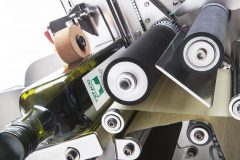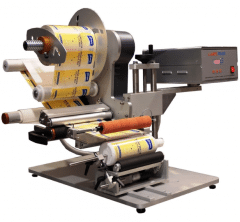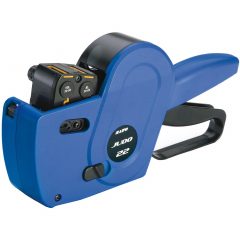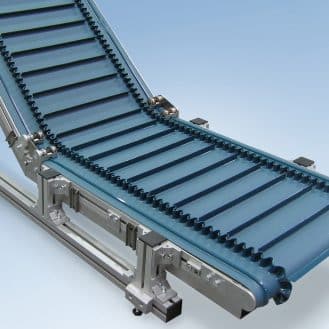
Tenco semi-automatic labeling machine
Consider the following to choose the most suitable model for your production line:
- Operating mode: Automatic, semi-automatic, or manual
- Production capacity (speed of application): The number of products labeled or tagged per hour or minute
- The size of the labels or tags
- The position of the label: On the top, bottom, or side of the product
The shape of the packaging can also impact your choice. For example, a semi-automatic labeler is a good option for cylindrical or cone-shaped products as it allows you to stick the labels on without wrinkles forming.
Manual labelers are recommended for small-scale applications because they are easier to use.
Finally, to reduce machine downtime, you should ensure that label rolls and other machine consumables can be easily replaced without the intervention of a professional or the use of a specific tool.









